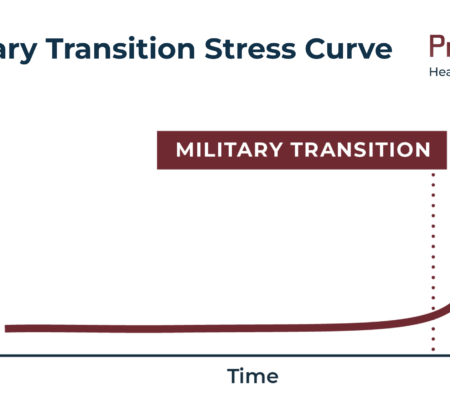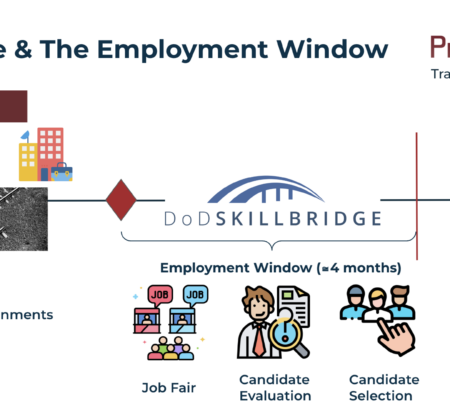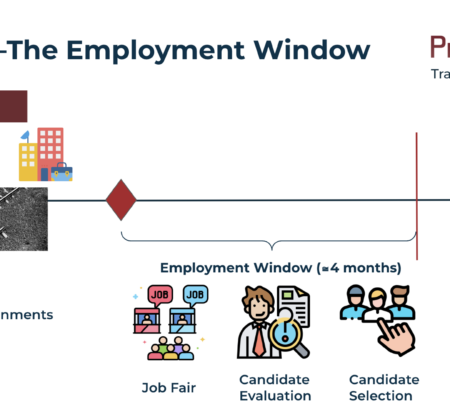The Civil-Military Divide Explained Through Cognitive Neuroscience Principles by PreVeteran
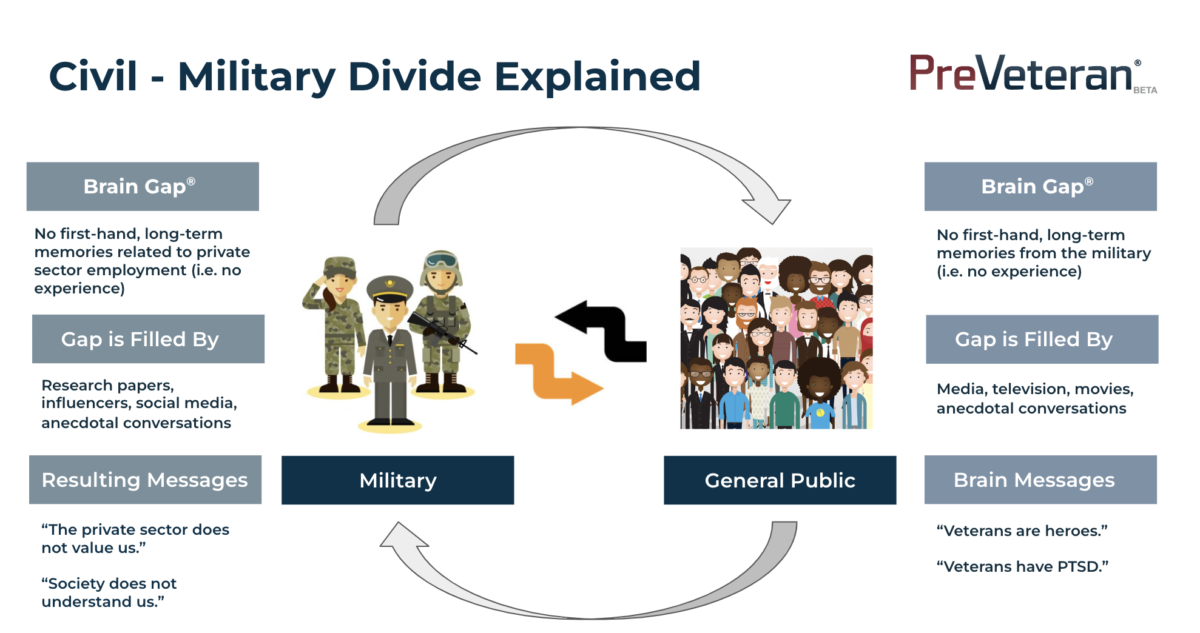
Each and every year, 200,000+ men and women from our all-volunteer force depart the military. Since the vast majority enter private sector employment, it’s important to understand the environmental challenges that prevent alignment between the transitioning service members and potential employers.
Before launching PreVeteran and our new military transition-related programming in 2021, we spent several years looking over studies and surveys to better understand how key stakeholders in the community were portraying the environment.
Time and time again, we ran into this term called the civil-military divide. If you’re not familiar with the term civil-military divide, researchers describe it as the divide between those leaving military service and their prospective private sector employers.
Most articles and studies refer to the following challenges from both parties.
Military members struggle with:
- Understanding the civilian labor market
- Understanding the cultural differences between the military & the private sector
- Translating their military experience into comparable civilian credentials
Employers struggle with:
- Understanding military service and the military service member
- Helping the military member translate their skills into something tangible and useful to the business
From a common sense standpoint, what you read above probably makes sense. In addition, these messages have been reinforced throughout the military transition space for years.
What if we told you that these messages are insufficient in describing what’s really going on? What if we told you that we have a better, more complete way to analyze the civil-military divide in much simpler, easier-to-understand terms that can make it easier to talk to one another and productively bridge the divide?
In this article, we’re going to do just that by explaining the civil-military divide in a simple, easy-to-digest manner using basic cognitive neuroscience principles and a new phrase created by PreVeteran.
To cover this material, we’re going to focus on the following areas: explaining the Brain Gap and how it impacts the thinking process for both military members and prospective employees.
The Brain Gap® Explained
If you follow PreVeteran, you know that we’re an education and training company laser focused on helping military members and their families be more successful once they leave the military by helping them regain their autonomy and aligning earlier to the private sector’s needs and wants.
One of the main reasons we’re able to do this is because our founder, Jason C. Anderson, worked with a cognitive neuroscientist in the 2017-2018 time period to help us develop our proprietary methodology and programming.
From that time period, we created new words and phrases that accurately describe the military members’ behavior when thinking through, and preparing for, their military transition.
As we discussed in an earlier article, language and words matter because words lead to thoughts, thoughts lead to behavior, behaviors lead to actions, and actions lead to outcomes.
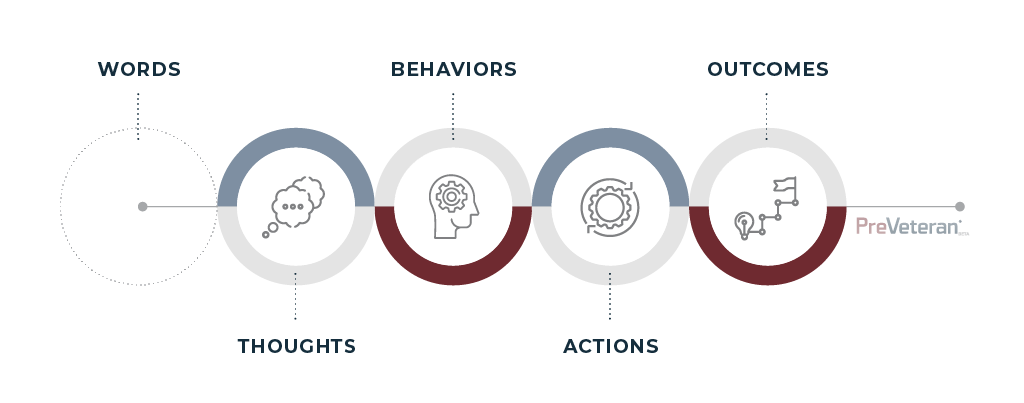
Here’s one of the new phrases for you—the Brain Gap. The Brain Gap will go a long way to help explain the root causes of the civil-military divide. We think this is useful for the overall military transition space because, if we know the root causes and have a common, more accurate language to describe behaviors, all will benefit.
In the specific case of talking about the civil-military divide, using the Brain Gap allows both sides of the equation—the military member and the prospective employer—to understand this phenomenon is merely a human thinking vulnerability both sides have and can move this critical conversation into more productive territory.
To better understand the Brain Gap, it’s first important to understand one basic cognitive neuroscience principle.
- In order to cognate (think) through current life challenges, the human brain will attempt to recall stored, long-term memories as a basis and build upon those to make current and future decisions
Since the human brain leverages long-term memory, what if there is no long-term memory to draw from? This is what PreVeteran calls the Brain Gap.
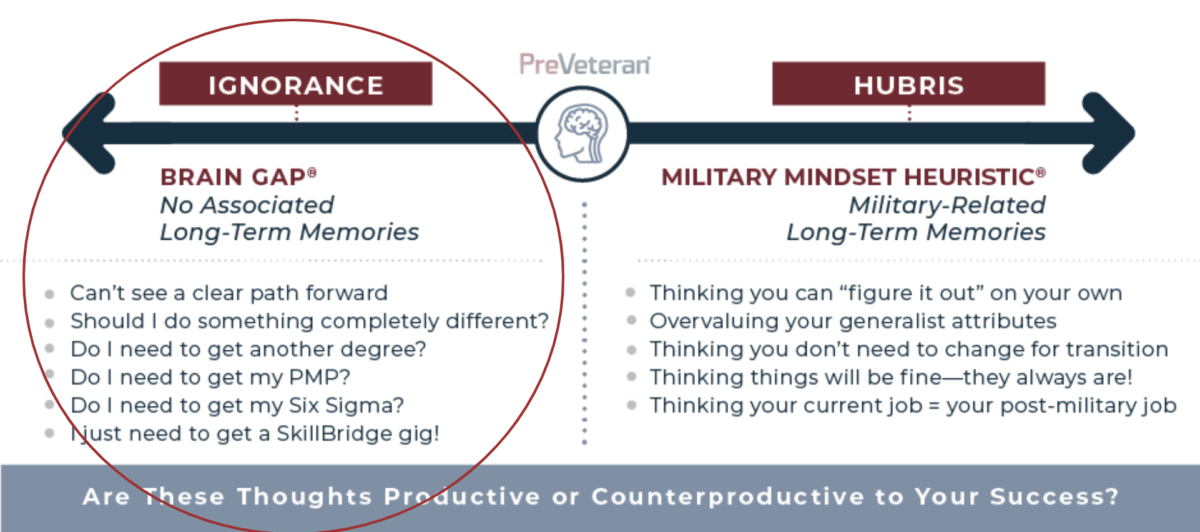
As you can see in the graphic above, if your brain senses a gap, it will seek out messages in the external environment to fill that gap—and do that automatically without your volition. The circled messages above refers to the messages that your brain will tell you as you get ready for transition precisely because you have the Brain Gap.

The Brain Gap’s Impact to Military Members in the Civil-Military Divide
If you start on the left side of the graphics above, you can see the following chain of events from top to bottom.
- The military member has no first-hand, long-term memories related to private sector employment and as a result, has the Brain Gap.
- Because their brain senses that gap, it seeks information from the external environment to fill that gap. In this case, they can fill that gap with information from researchers, influencers, social media, and anecdotal conversations
- Due to this “gap filler” information in #2, the typical messages playing out in military members’ minds are, “The private sector does not value us” or “Society does not understand us.” These messages are just a few examples of the thoughts resulting from the Brain Gap but you can see how these thoughts can become accusatory of the general public, which is an unhelpful mindset when you’ll seek employment from the same body of people.
Now that we covered that, here’s the thing. Since we’ve taken the civil-military divide to the human brain level, it’s not just applicable to military members—it’s also applicable to the general public.
The Brain Gap’s Impact to the General Public in the Civil-Military Divide
This time, start on the right side of the graphic and follow the chain of events from top to bottom.
- The general public has no first-hand, long-term memories related to the military and as a result, has the Brain Gap.
- Because their brain senses that gap, it seeks information from the external environment to fill that gap. In this case, they typically fill that gap with information media, television, movies, and anecdotal conversations
- Due to this “gap filler” information in #2, the resulting messages that typically play out in the general public’s mind are, “Veterans are heroes” and / or “Veterans have PTSD.”
Conclusion—It’s Time to Be More Accurate in Describing the Military Transition Space
The civil-military divide, as it’s been characterized for the past 10+ years, complicates alignment between military members and the private sector—and we think this needs to change. In order for this change to occur, we first have to acknowledge the existence of the Brain Gap and its effect on both the general public and the transitioning military population.
Since the Brain Gap is a new term to the space, we invite all service members, military spouses, employers, researchers, and other stakeholders to reach out to us and see how this phrase and our programming can significantly improve the current military transition employment programming and work environment.
PreVeteran is a company committed to helping military members and their families better prepare themselves for post-military employment in the private sector. PreVeteran takes a highly individual, cognitive neuroscience-based approach to this challenge by helping these individuals regain autonomy in their thinking and decision-making process. If you’re interested in learning more about our approach and our programs, contact us at info@preveteran.com and we will get back to you right away.
